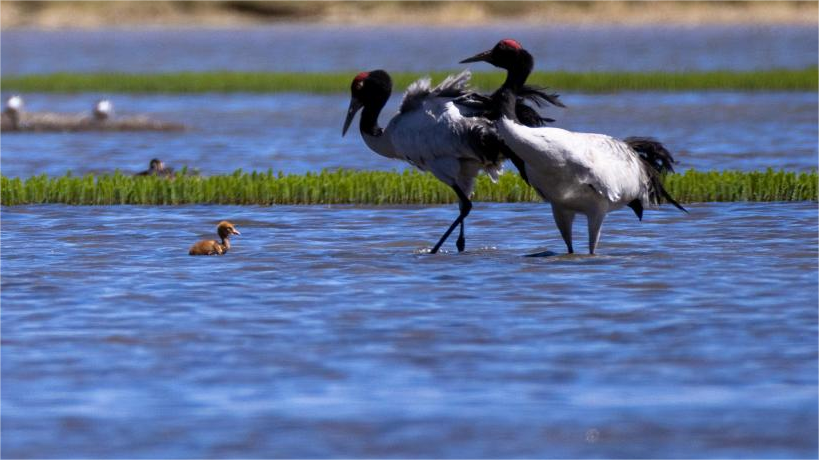Giant pandas rack up air miles
Editor's note:As protection of the planet's flora, fauna and resources becomes increasingly important, China Daily is publishing a series of stories to illustrate the country's commitment to safeguarding the natural world.

JORGE CORTES/LI XIAOTIAN/YAN DONGJIE/CHINA DAILY
Huang Shan always carries some apples and carrots with him when he flies with giant pandas, as he knows they like sweet snacks.
As a giant panda breeder at the China Conservation and Research Center for the Giant Panda in Wolong, Sichuan province, Huang has accompanied giant pandas on flights to countries such as Thailand, Japan, Singapore, and Finland in the past decade. This month, he'll fly with Yun Chuan and Xin Bao to San Diego in the United States.
"We usually prepare bamboo, bamboo shoots, and special steamed bread for the pandas on the plane. The snacks are for comforting them if they get anxious," Huang said.
Even before they board the flight, Yuan Chuan and Xin Bao have had to go through more than two months of quarantine, and Huang has been alongside them every step of the way to provide compassionate care and behavioral training.
"Through compassionate care, which means I stay with them every day, feeding and interacting with them, the pandas become more familiar with me and trust me more. This means that when I accompany them to go abroad, I can help them get used to the new environment, food, and new breeders easier," he said.
The well-being of China's giant pandas overseas is a great concern of the panda center's experts, and Huang is pleased that San Diego Zoo has renovated the enclosure for Yun Chuan and Xin Bao according to the suggestions of Chinese experts, who visited the site in March.
"Chinese experts always inspect the overseas enclosures to make sure they are comfortable and safe for the giant pandas to live in," said Li Desheng, deputy director of the conservation and research center.
Last year, the center inspected all 63 domestic enclosures for giant pandas and 23 cooperating institutions abroad. From the evaluation results, each cooperating institution meets the requirements, and the giant pandas are overall in good health, according to the center.
"The total number of giant pandas and their descendants involved in international cooperation exceeds 240, contributing significantly to the development of the current captive population of 728 giant pandas," Li said.
Giant panda cubs born overseas are required to be brought to China before they reach the age of 4.
This year, China is actively advancing a new round of giant panda conservation cooperation with countries such as the US and Spain.
"Through international cooperative research projects, China has achieved significant success in the field of wild giant panda conservation, nurturing a large number of talent. The accumulation of these basic research results and talent cultivation has further propelled China's efforts in wild giant panda conservation," said Liu Dingzhen, a professor from the School of Life Sciences at Beijing Normal University.
"Meanwhile, the international conservation funds raised through panda cooperative projects have played a positive role in China's wildlife conservation. They have promoted the establishment of panda conservation areas in China, advancing the protection and restoration of the giant panda's wild population and habitat."
Photos
Related Stories
- Giant panda star Fu Bao greets the public in southwest China
- 7th birthday of female giant panda Xiang Xiang celebrated in China's Sichuan
- New pair of giant pandas to further bolster Sino-Australian relations
- Giant panda Fu Bao meets the public in China
- ROK-born giant panda Fu Bao greets the public in SW China, promoting bond between two countries
- Giant pandas leave hometown for U.S.
Copyright © 2024 People's Daily Online. All Rights Reserved.









